Floating homes are gaining attention as a stylish, peaceful, and flexible way to live by the water. But beyond the lifestyle appeal, many are asking do they actually make sense as an investment?
Floating homes can offer strong investment value in the right location, with limited mooring availability, steady demand, and growing short-term rental appeal. They tend to hold value well and can generate attractive income. While costs like insurance and upkeep are worth noting, they’re often outweighed by the long-term benefits.
In this guide, we’ll walk through real price trends, income examples, long-term costs, and what to check before buying so you can invest with confidence.
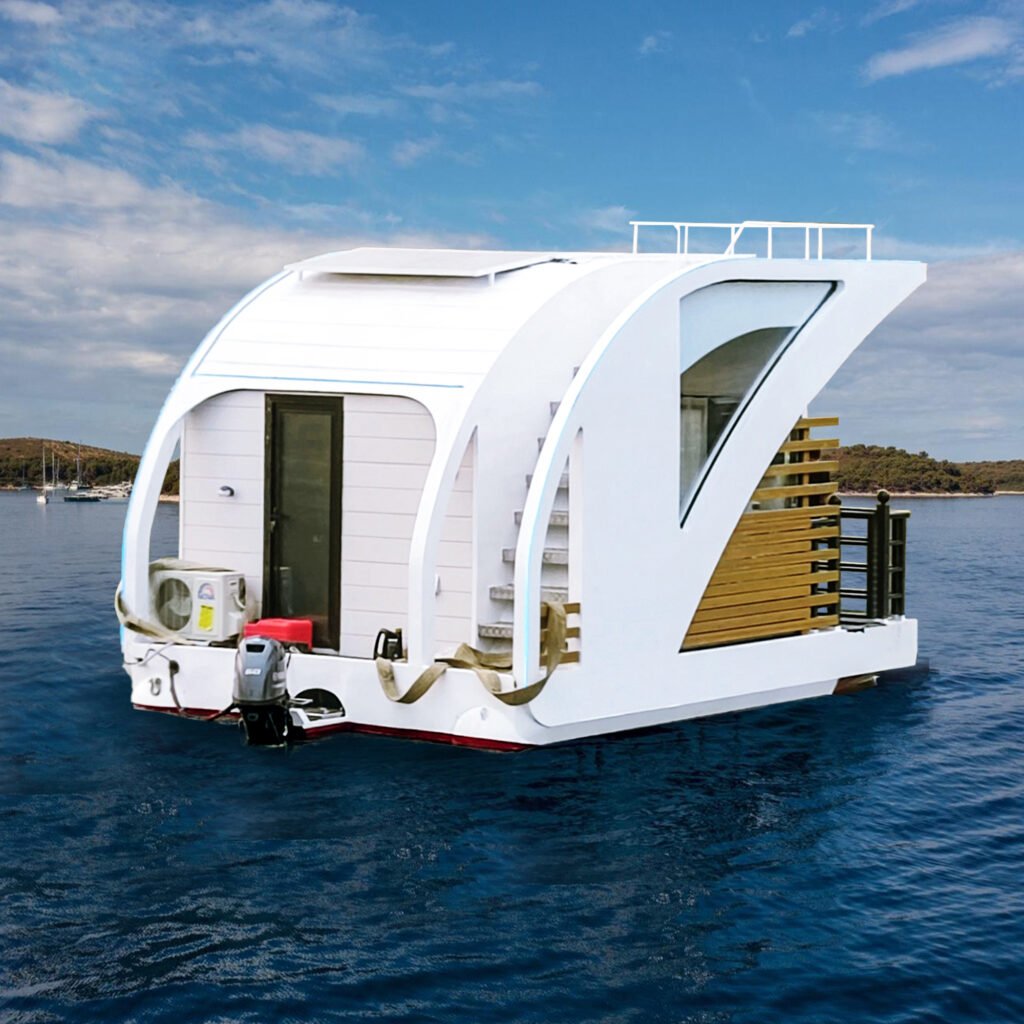
1) Understanding the Floating Home Market
Floating homes have become a popular alternative to traditional housing in many waterfront cities. However, to understand their investment potential, we need to look closely at supply and demand, as well as how their prices have changed over time.
i) Supply and Demand Dynamics
At the start, floating homes are rare because of the lack of mooring spaces. The spots where they are legally allowed to stay are very limited. Many coastal cities have strict rules on how many floating homes can be placed in their waters.
Because of this, when more people start looking for floating homes, prices rise quickly. The small supply and growing demand make them more valuable and help prices stay stable even when other housing prices fall.
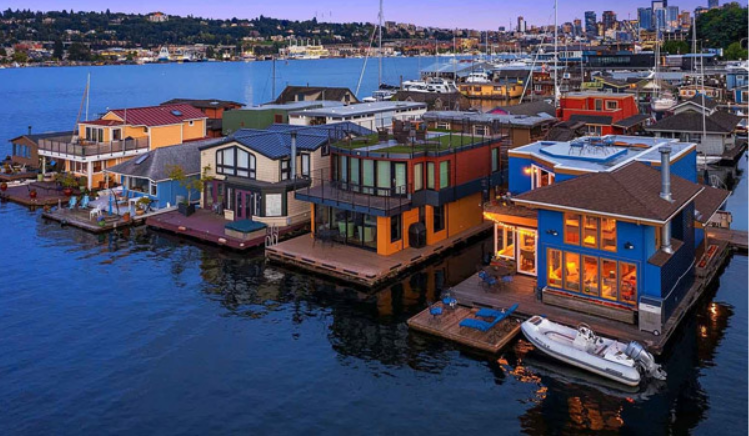
Example: In Seattle, Washington, there are fewer than 600 legal floating homes, and no new mooring permits have been issued in years. As a result, home values in this market have stayed strong, even during times when traditional home prices in the city went down.
ii) Historical Price Performance
Next, let’s look at how well floating homes have performed over the years. In the past decade, floating homes in cities like Seattle, Vancouver, and Portland have seen steady appreciation. In some cases, they even outperformed regular waterfront homes.
For instance, during housing market dips, floating homes did not lose as much value. This is mostly because they are unique and not easy to replace, which protects them from large price drops.
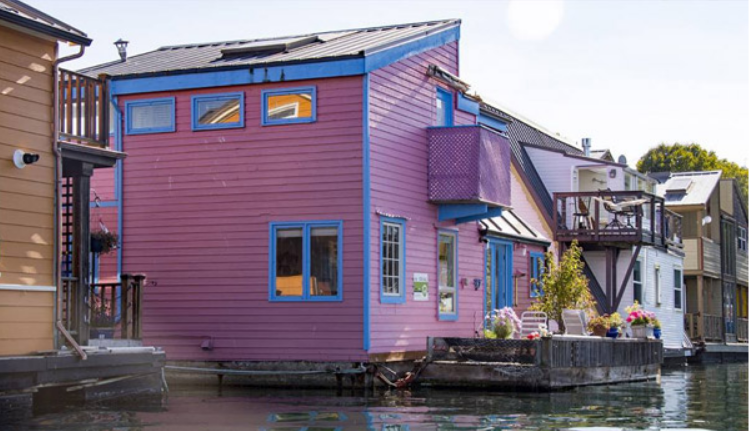
Example: In Vancouver, Canada, a floating home bought in 2012 for $400,000 was sold in 2022 for $680,000, a 70% increase. Meanwhile, a nearby waterfront condo only rose by 45% in the same period.
2) Evaluating Upfront Costs vs. Long-Term Expenses
When buying a floating home, it is important to look beyond just the purchase price. You should also consider the monthly and yearly costs to understand the full picture.
i) Initial Investment Overview
Floating homes can range in price depending on size, location, and luxury features. Entry-level homes usually start around $200,000–$300,000, while high-end, custom-built floating homes can cost over $1 million.
Example: In Portland, Oregon, you can buy a basic floating home for around $250,000. Meanwhile, in Sausalito, California, a luxury floating home with a full kitchen, rooftop deck, and water views can sell for over $1.5 million.
ii) Monthly and Annual Costs
In addition to the purchase price, you will need to pay for ongoing costs. These include:
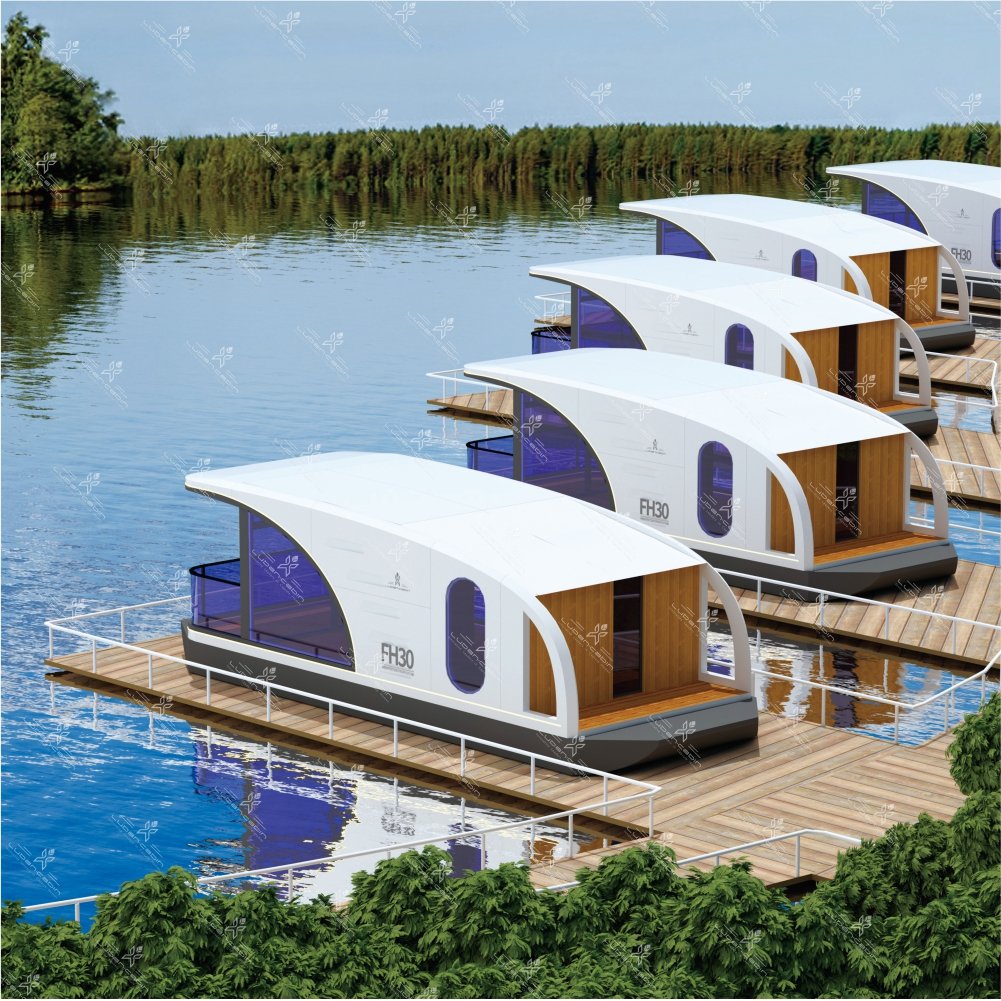
- Moorage Fees: This is the rent you pay for keeping your home at a dock or marina. It usually ranges from $300 to $1,200 per month, depending on the location and services offered.
- Utilities: Water, electricity, and waste removal can be slightly higher than traditional homes because of the setup. Expect to pay around $150–$300 per month.
- Maintenance: Since the home is on water, you will need regular checks on the float, plumbing, and exterior. This can cost $1,000–$3,000 per year, or more if repairs are needed.
- Insurance: Insurance for floating homes is typically more expensive than for land homes. Expect to pay $1,500–$4,000 per year, depending on the location and coverage.
Example: A floating owner pays about $800/month for moorage, $200/month for utilities, and $2,500/year for insurance. These costs may seem high, but the homeowner says they are worth it for the peaceful water views and lifestyle.
iii) Why Insurance Costs More
Furthermore, insurance for floating homes is often higher because:
- They are exposed to water damage and harsh weather.
- Repairs and replacements are more complicated than with land-based homes.
- Fewer companies offer floating home insurance, which limits options.
Example: In British Columbia, a floating homeowner had to use a specialty insurance provider and paid $3,200 per year, compared to just $1,200 for a similar-sized condo on land.
3) Rental Income and Revenue Potential
Floating homes are not just for living; they can also earn income. However, how much you can earn depends on whether you’re renting short-term (like Airbnb) or long-term.
i) Short-Term Rentals (Airbnb & Vacation Stays)
Floating homes are very popular for short stays. Their unique look, water views, and peaceful vibe attract tourists looking for something different. Because of this, you can often charge higher nightly rates compared to regular apartments.
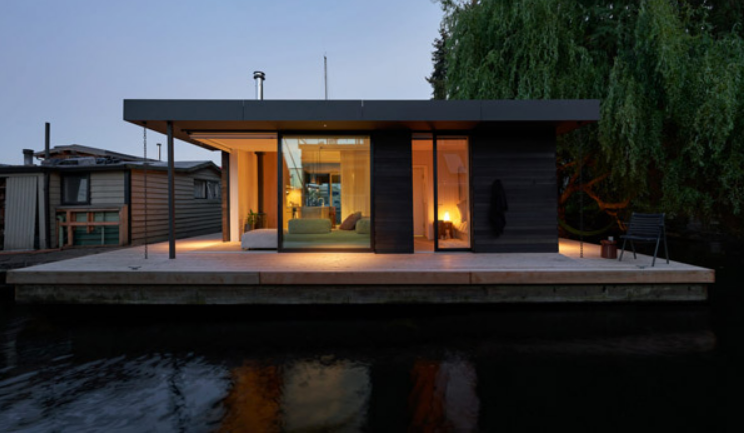
Example: In Seattle, a one-bedroom floating home listed on Airbnb rents for $250–$400 per night in peak season. During summer, it’s booked 90% of the time, generating $7,000–$10,000 per month.
Moreover, short-term rentals tend to earn the most during peak seasons, such as summer or holiday weekends. If your floating home is in a tourist-friendly area, the demand can stay high for months.
However, don’t forget to budget for cleaning, management, and booking fees. These can take away about 20–30% of your income.
ii) Long-Term Rental Limitations
On the other hand, long-term renting is often more difficult. Many marinas and floating home communities have rules that limit or even ban long-term rentals.
Some require the owner to live in the home full-time, or they may limit lease lengths to protect community stability. This means you might not be allowed to rent out your floating home as you would a regular house.
Example: A floating homeowner in Portland tried to rent their home for a year but was blocked by the marina’s rules. They were only allowed to rent for a maximum of 30 days per year to non-family members.
Therefore, before planning to make rental income, it is important to check your marina or moorage agreement carefully. Some areas are great for Airbnb; others may not allow rentals at all.
4) Factors Affecting Appreciation and Resale Value
When it is time to sell a floating home, certain features can make it more valuable or harder to sell. Let’s look at the key things that affect resale price.
i) Hull Condition and Maintenance Records
To begin with, the hull (the base of the floating home) is the most important part. If the hull is strong and in good shape, the home will hold its value better. On the other hand, a weak or damaged hull can scare away buyers.
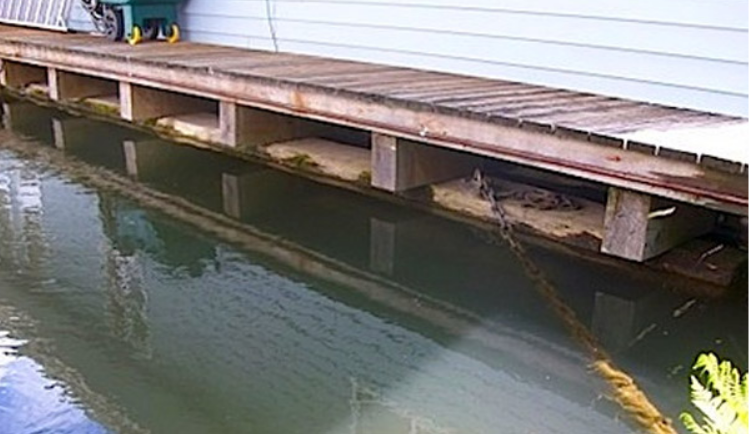
That’s why it is so important to keep maintenance records. Just like a used car, a floating home with a clear repair history feels safer to buyers.
Example: A floating home in Vancouver with a 10-year-old hull but full service records sold quickly for $50,000 more than a similar one with no repair history.
ii) Mooring Rights and Lease Transferability
Next, mooring rights play a big role in value. If your floating home is in a good location but the mooring lease can’t be transferred to the new owner, buyers may walk away. This makes the home harder to sell.
However, if the lease can be transferred easily and has several years left, your home becomes more attractive to potential buyers.
Example: In Amsterdam, a floating home with a 25-year transferable mooring lease sold within 2 weeks, while a nearby unit without lease rights stayed on the market for 6 months.
iii) Impact of Design and Finishes
Finally, design matters. Buyers are often willing to pay more for floating homes with modern designs, high-end finishes, and open layouts. Homes that feel bright, updated, and unique usually sell faster and at higher prices.
In contrast, older or outdated interiors may need renovation, which can lower the resale value.
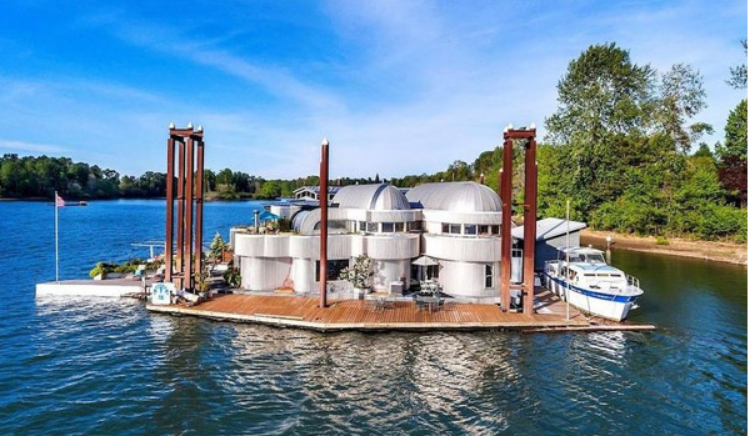
Example: A sleek, newly built floating home in Portland with rooftop solar panels and a modern kitchen sold for $750,000, nearly double the price of a traditional older model nearby.
5) Unique Investment Risks You Should Know
While floating homes can be exciting and profitable investments, they also come with a few risks that are different from regular houses. Let’s explore the key challenges you should be aware of.
i) Exposure to Environmental Risks
Floating homes face direct exposure to weather and water conditions. Heavy rain, storms, or rising tides can damage your home. Over time, the metal parts under the home can rust, and wood can rot if not maintained properly.
That’s why regular maintenance is very important. You may need to repaint the hull, replace parts, or install better waterproofing materials.
Example: In Seattle, a floating homeowner faced $20,000 in repair costs after a windstorm damaged their deck and roof. However, another homeowner who had done regular maintenance avoided major damage.
ii) Challenges in Financing and Insurance
Next, getting a loan or insurance for a floating home can be harder than for a traditional house. Most banks don’t offer standard mortgages for floating homes because they’re seen as movable structures.
Also, insurance premiums are usually higher, especially in areas prone to storms or flooding. Some lenders may charge higher interest rates, and you may need to go through a specialty lender.
Example: A couple in California had to work with a marine finance company to buy their floating home. Their interest rate was 2% higher than what they would’ve paid for a regular house loan.
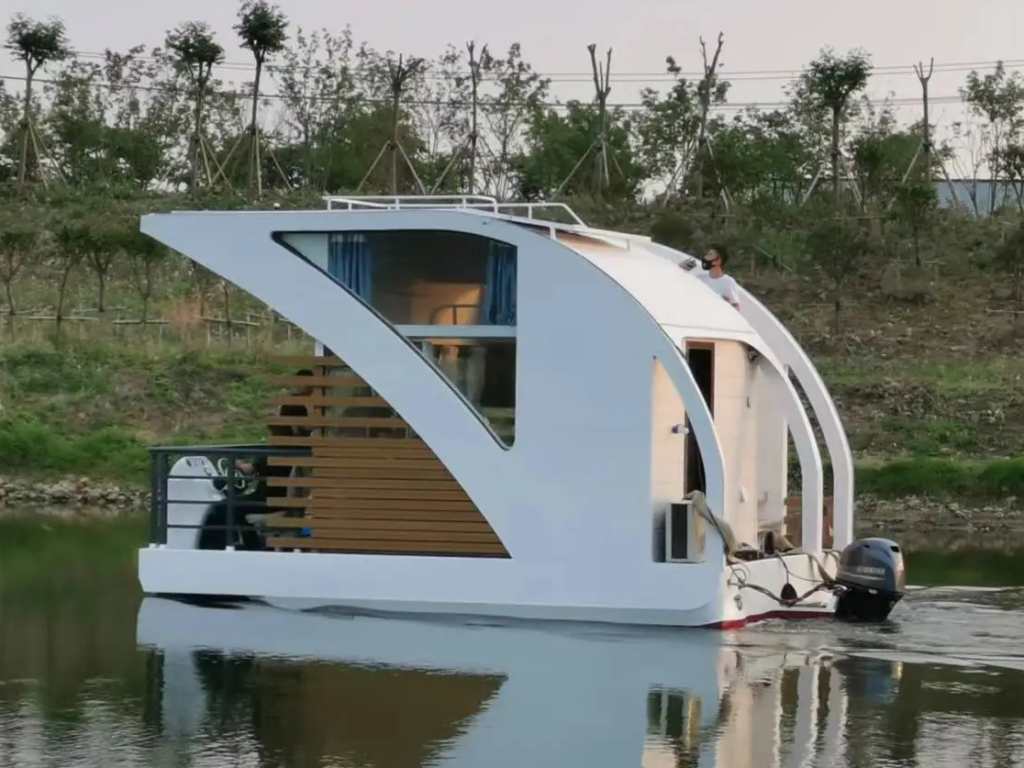
iii) Regulatory and Zoning Risks
Finally, rules and laws can change over time. Some cities may tighten marina rules or limit how floating homes can be used. These changes can affect your ability to rent, upgrade, or even sell your home.
It is important to check with the marina or city about zoning rules, building codes, and lease conditions before buying.
Example: In Portland, a floating home owner was forced to move their unit after new city zoning laws banned permanent stays in certain waterways.
6) Key Checklists Before Investing in a Floating Home
Before you buy a floating home, it’s important to check a few key things to avoid unexpected problems later. Here’s a simple checklist to help you make a smart and safe investment.

- Check the latest hull inspection report. It tells you if the floating base is in good shape. A strong hull means less risk and fewer repairs later.
- Ask for full maintenance records from the seller. They show how well the home has been cared for over time. Regular upkeep adds value and prevents big problems.
- Confirm the marina lease length and its transfer rules. Some leases are short or can’t be passed to a new owner. A long, transferable lease makes the home more secure to buy.
- Get insurance and loan quotes before you decide. Floating homes often have higher rates or fewer options. Clear quotes help you plan better and avoid surprises.
- Estimate your monthly and yearly costs in advance. Include moorage fees, utilities, cleaning, and repairs. This helps you stay within budget after buying.
- Review all marina rules carefully before signing. Check for limits on rentals, guests, pets, or remodeling. Make sure the rules fit your needs and lifestyle.
Conclusion:
Floating homes can offer both lifestyle appeal and financial upside, but they’re not without risks. From limited mooring availability to higher insurance and maintenance costs, these homes require careful planning and realistic budgeting.
If you’re seriously considering a purchase, make sure to review the local marina rules, get clear on financing terms, and understand the long-term upkeep involved. Want to explore more details or get a quote on a floating house? Feel free to reach out. we’re here to help you make a well-informed decision.


